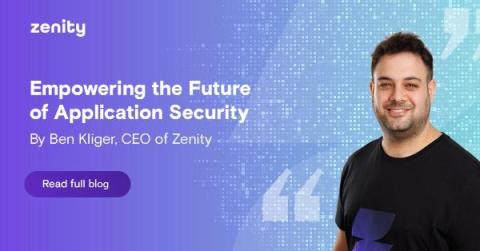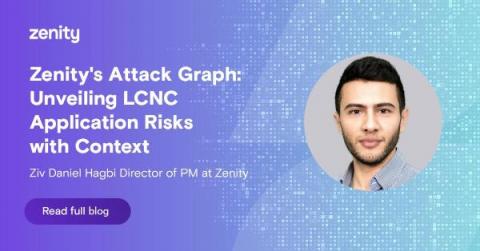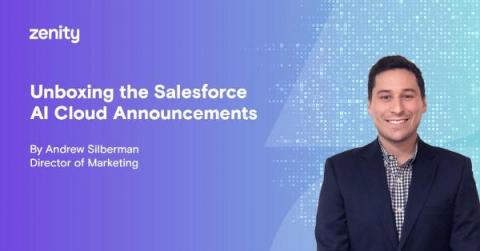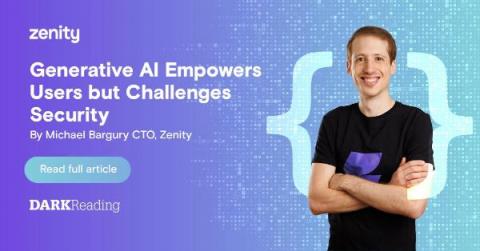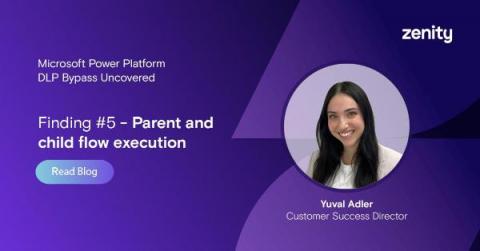Empowering the Future of Application Security: Zenity Closes on Series A Round
I am thrilled to share some exciting news that marks a significant milestone in the Zenity journey. Today, our company has successfully closed our Series A round of fundraising, led by Intel Capital. We are thrilled to welcome Intel Capital, in addition to Gefen Capital and B5, who join our existing partners from UpWest and Vertex Ventures. Together with the Zenity team, we know this is just the beginning.


